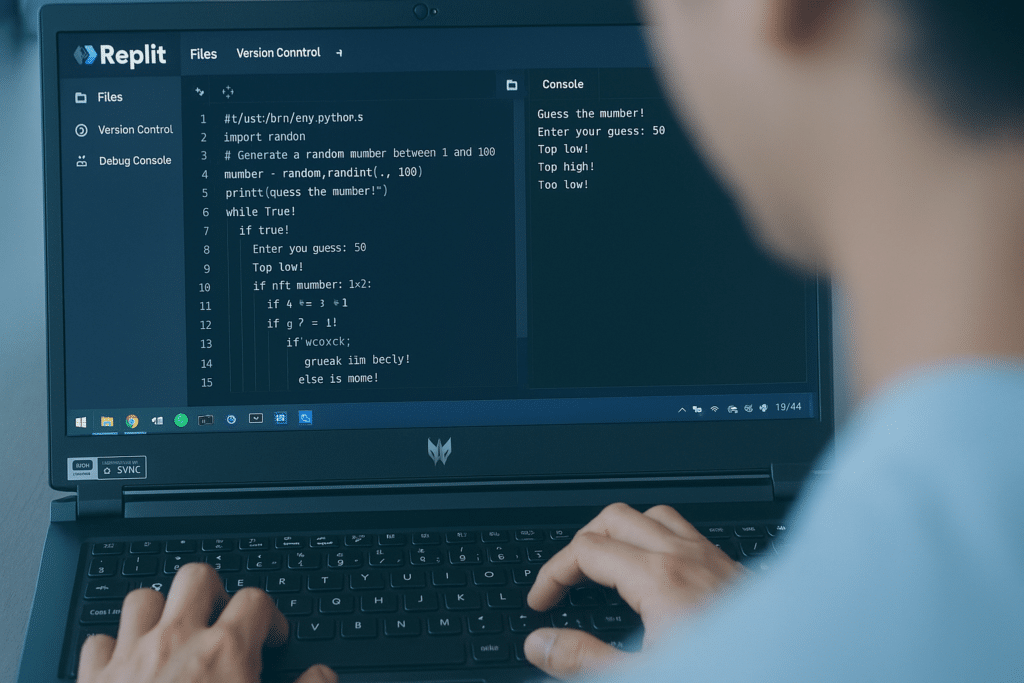Why Are More People Talking About Hybrid Learning?

10 months ago we entered a nationwide lockdown and schools closed. This made hybrid learning incredibly important for students who could continue learning from home. Now that we’re beginning to re-enter classrooms, it looks like the technological adaptations we’ve made are here to stay.
In November we held our first roundtable! It was great to hear from experts in the industry and learn first-hand about the struggles they face on a daily basis. Bringing together professionals across all levels of education and from a variety of backgrounds provided attendees with the opportunity to meet, hear and network with others facing similar challenges.
One of the topics we talked about that piqued our interest was hybrid learning.
Although many schools had not paid attention to hybrid learning before the pandemic, it has now become the norm and Microsoft has predicted in a new report that the use of devices will only increase by 2030.
What is hybrid learning?
Hybrid learning (different to blended learning) is when a teacher simultaneously interacts with students in-person and online, which 88% of teachers believe has been accelerated by Covid-19, according to a report by Microsoft and YouGov.
Why is it important?
Back in March 2020 we entered a nationwide lockdown. Schools closed, workplaces shut and we were restricted from meeting anyone outside of our household. All of this meant that we immediately had to find alternative ways to work, learn and teach from home.
Interestingly, things will not be returning to how they were pre-lockdown and some of the technological advancements that we have made are here to stay, especially as we adapt to the continuously changing situation. In September the Department for Education revealed that one in eight pupils had not returned to school, and a study by school leaders’ union NAHT found that 94% of schools have pupils who have had to stay at home due to suspected or confirmed cases of Covid-19.
It is because of this that hybrid learning has become incredibly important. In order to not exclude or disrupt a student’s education, hybrid learning allows those who are unable to attend in person to continue their education online, meaning that they do not fall behind.
Challenges:
Although there are large benefits to be gained from implementing a hybrid learning model, many people have identified the challenges and concerns about embedding more technology into daily teaching methods. This is especially the case as primary and secondary schools are generally behind when it comes to their uptake of technology. Microsoft and YouGov found that 40% of teachers said the school they work for didn’t use online or digital learning platforms before entering lockdown. That being said, 74% of teachers believe online and digital learning platforms are critical to primary and secondary education moving forward.
During our roundtable, we learnt that universities are facing a completely different struggle. With students across a range of age groups, universities are challenged to provide a variety of services that cater to the needs of Undergraduate, Master’s, PhD students and more.
For example, while Undergraduate students tend to be more interested in the student experience, for Master’s students however, this is not crucial to them as they have already had the experience and are happy with online learning. Just as important are the international students who may have wanted the full experience of living abroad regardless of their level of study but have had to continue their education from a different country, due to the restrictions and procedures where they are.
Case Study:
In our work with Explore Learning, we have seen first-hand just how the education sector has been affected by Covid-19 and how quickly education providers have had to adapt to new restrictions and guidelines. Like everyone else back in March, we found ourselves rushing to provide an ‘at home’ service so that both tutors and students would be able to continue their work without having to be in physical centres. We talked about this in more detail during our Future of EdTech webinar.
The Future:
Despite the challenges for some institutions and providers there is value in hybrid learning and as we continue to move forward the various platforms that we use will become more integrated, intuitive and advanced, which will lead to providing a seamless user experience.
In the long term, this means that education can become more flexible, students’ learning will be more consistent and lessons will become more accessible through various features that can be personalised to each individual.
Some universities and teaching models may look to learn from Minerva, an online university that has no physical campus and has re-written the rules on what university education should look like and consist of. Technology provides us with the freedom to reimagine what is possible and simultaneously makes it harder to predict what the future of education will look like. Maybe, there will be no conventional way of teaching or learning. But one thing is certain, the future of education will rely on the capabilities of technology.
If you would like to find out how your students and teachers could benefit from a more tech enabled IT system, check out our webinar on The Future of EdTech or start a conversation with us today.
Get access to our monthly
roundup of news and insights
You can unsubscribe from these communications at any time. For more information on how to unsubscribe, our privacy practices, and how we are committed to protecting and respecting your privacy, please review our Privacy Policy.
See our Latest Insights
Implementing RAG AI Search on On-Premise Files with our AI Search Accelerator
As demand for AI‑powered tools like Microsoft Copilot grows, many organisations are asking the same question: “How can we harness the power of generative AI without moving our sensitive data to the cloud?” In this guide, we’ll explain why Retrieval‑Augmented Generation (RAG) is so effective for on‑premise data and walk through a practical approach using…
Using AI to Strengthen ISO 27001 Compliance
Preparing for our ISO 27001:2022 recertification, and a transition from the 2013 standard, was no small task. As a custom software company handling sensitive client data, we hold ourselves to high standards around security and compliance. But this year, we approached the challenge differently. We built and deployed a custom AI Copilot agent to help…
Who Owns AI-Written Code? What CTOs, Developers, and Procurement Teams Need to Know
Generative AI is transforming how software is written. Tools like GitHub Copilot, Claude, Cursor, and OpenAI Codex are now capable of suggesting full functions, refactoring legacy modules, and scaffolding new features, in seconds. But as this machine-authored code finds its way into production, a critical question arises:Who owns it and who’s responsible if something goes…
Legacy systems are costing your business growth.
Get your free guide to adopting cloud software to drive business growth.




